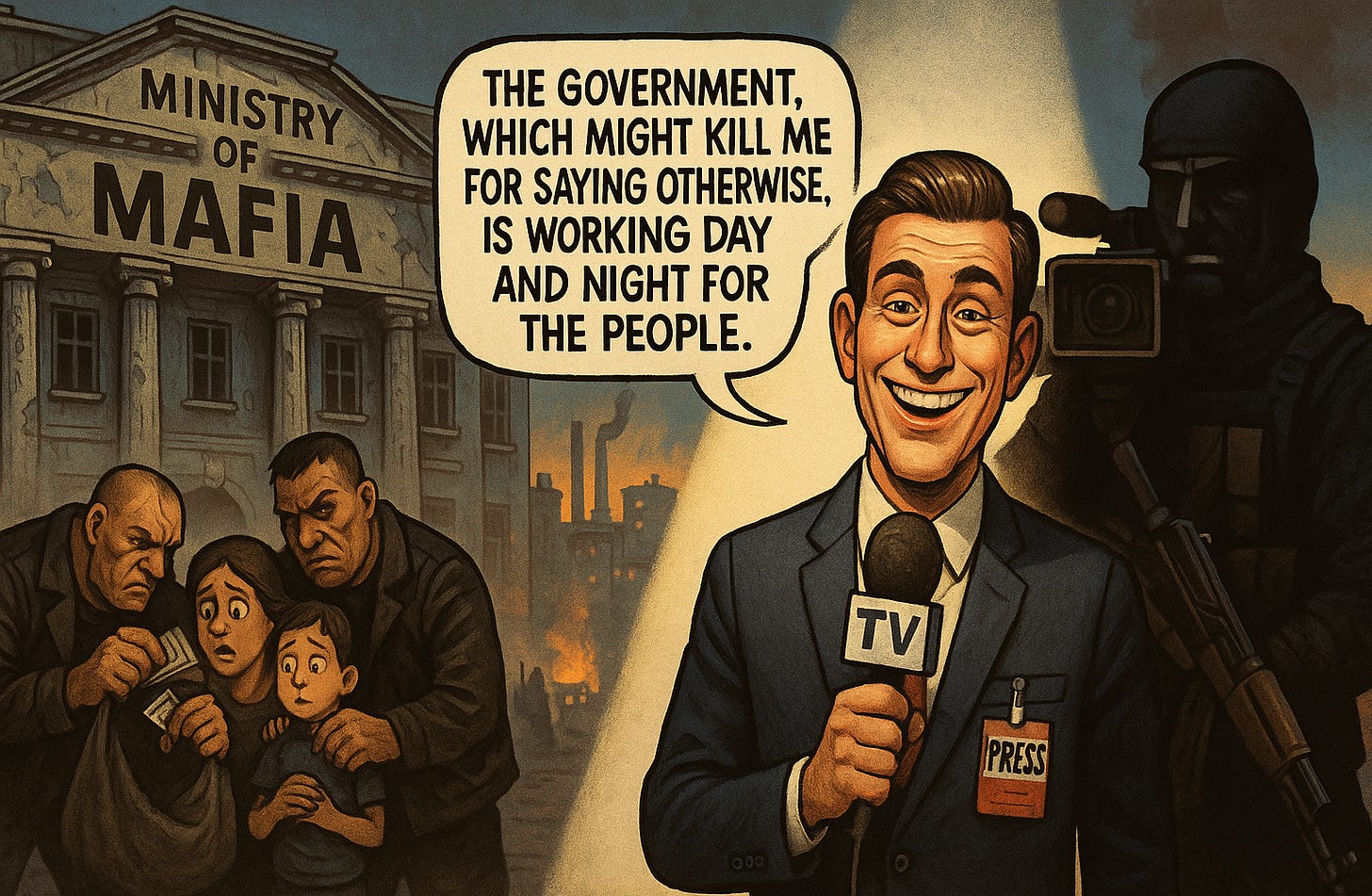It’s time to come clean about reporting from unfree societies
The media is not transparent enough about the limitations of reporting from places run by thugs. Examples, from Russia to Gaza to North Korea and also China, abound.
The Gaza war has become a story not just about suffering, siege, and struggle — but about storytelling. Amid rising global outrage over hunger and civilian death, the role of the media is now under the spotlight — again. This week, a German investigation by Süddeutsche Zeitung alleged that viral images of Palestinians pleading for food were staged for p…
Keep reading with a 7-day free trial
Subscribe to Ask Questions Later to keep reading this post and get 7 days of free access to the full post archives.


